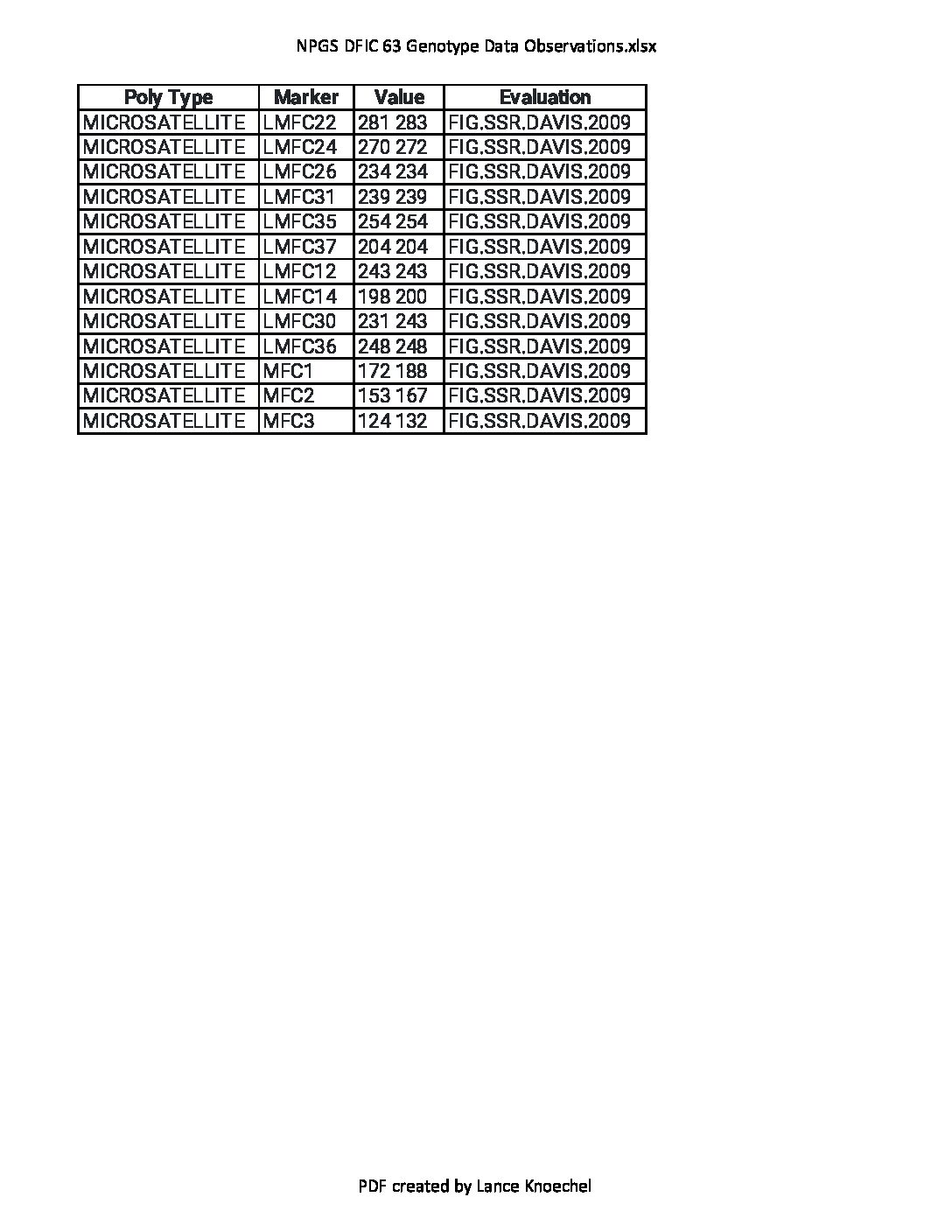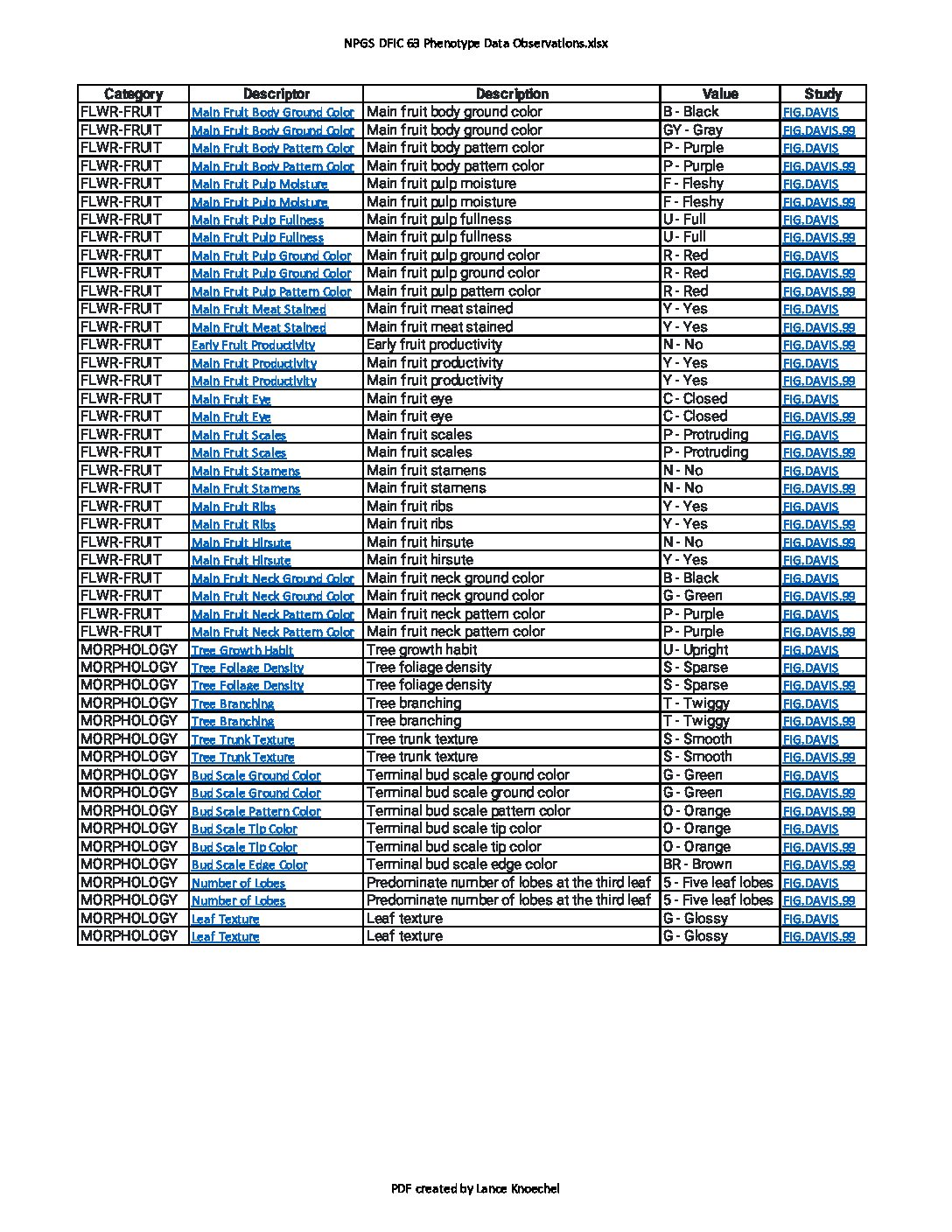Violette de Bordeaux
Merlot🍷 flavor
$7.95
Features
- A common fig type, which does NOT require caprification
- DFIC 63 of the UCD fig collection
- Cold hardy
- A classic fig variety
- A solid beginner variety
- Produces a breba crop
- Roots easily
- Resists rain & splitting
- Can dry on the tree
- Grows well in pots
- Very productive
- A lovely merlot wine flavor when fully ripe
Cutting
Out of stock
Want to be notified when this product is back in stock?
Description
Bordeaux: (syns. Angélique Black or A. Noire, Petite Figue Violette, Albicougris, according to Eisen, Figue de Bordeaux, Violette, Violette de Bordeaux, Figue Poire, Petite Aubique, Figuo Aubiquoun, Negronne). In 1692, a description by La Quintinie (translated by Evelyn) referred to the Angélique fig as “of a violet color and long but not very big, the pulp red and reasonably good.” Both Cupani (1696) and Tournefort (1700) described Angélique as a violet fig. Yet most later authors, from Duhamel (1768) on, refer to this variety as bearing yellow fruit. It seems proper, therefore, to denote the former as Angélique Black, leaving the name Angélique for the variety described elsewhere in this monograph. Eisen (1901) gave a short account (after Barron, 1891) of Angélique Noire, a dark fig with bright-red pulp.
It is probably this variety with dark fruit which was described as Figue de Bordeaux, Violette, or Violette de Bordeaux by Liger (1702), Merlet (1740), Duhamel (1768), Weston (1770), La Brousse (1774), Le Berryais (1789), Mirbel (1802), Noisette (1821), Bory de Saint Vincent (1824), George Lindley (1831), Couverchel (1839), Thompson (1859), Forney (1863), Hogg (1866), Du Breuil (1876), Barron (1891), Eisen (1888, 1901), Price and White (1902), Leclerc (1925), and E. A. Bunyard (1925). Negronne was described by Garidel (1715), Rozier (1805), Lamarck (1817), Bernard (1787), Duhamel (1768, 1809), Bory de Saint Vincent (1824), Noisette (1829), Couverchel (1839), Eisen (1901), and E. A. Bunyard (1925).
Barron (1891) regarded Negronne to be the same as Violette de Bordeaux. Eisen believed that the two were not identical, but very similar, except for the smaller leaves of the latter. Bunyard (1925) agreed with Eisen, and stated that Violette de Bordeaux resembled Negronne, but was a distinct variety. In regard to the stalk of Negronne, Eisen reported, “stalk and part of neck bent over and rising in a curve upward, where the fig hangs down.” This unique character is difficult to describe, but Eisen’s statement confirms the opinion that Violette de Bordeaux of our collection is the same as Negronne of early authors. As grown at Riverside, however, Bordeaux does not show the green color persisting on the neck or base of the mature fruit, which Duhamel (1768) found characteristic of the variety in France. Variety No.26 of Duhamel (1809), described as Figue Poire, Figue de Bordeaux, and Petite Aubique (Figuo Aubiquoun in Provence), is here considered to be the same as Angélique (Black) of Cupani and Tournefort. Duhamel described Negronne under his No.33, and referred to the previous accounts of Garidel and Bernard. Under Bordeaux, Eisen stated: “A distinction must be made between the Petite Aubique and the Aubique, the former being identical with our Bordeaux, the latter with Black San Pedro, which is synonymous with Grosse Violette de Bordeaux.” (See p.467.)
In 1715, Garidel reported that Negronne was found in nearly all the vineyards and fields near Aix. Duhamel and later authors, including Leclerc, assert that Figue de Bordeaux is grown in the vicinity of Paris, where it produces two crops in warm seasons. According to Eisen, Bordeaux is common around Bordeaux and Nagronne, in southern France. Lindley said it was then cultivated throughout France. Bunyard regarded the tree of Negronne as very prolific in England, and the fruit to be of excellent quality. Fruits of Bordeaux are illustrated by Duhamel (1768), Noisette (1821, in color), Du Breuil (1876), Rozier (1805), Wright (1894, in color), Eisen (1901), and by Price and White (1902). See also: The Garden 41:333 (1892).
Negronne was introduced into California from England as P.I. No. 18,839 of the Chiswick collection. At Niles, Chico, and Fresno it proved to be identical with Violette de Bordeaux, which was obtained in 1921 from the collection of Leroy Nickel at Menlo Park. Grosse Violette de Bordeaux, introduced as No. 18,844 of the Chiswick collection, produced fruit indistinguishable from that of Violette de Bordeaux, confirming the opinion of Barron (1891) that they were the same, but contradicting that of Eisen, mentioned above. No records have been found of tests of this variety at the California Experiment Stations. A tree, located at Santa Barbara in 1932, was identified as Bordeaux, and other trees are occasionally found in dooryards. Price and White found the tree of Bordeaux to be vigorous and prolific in Texas, but the fruit was insipid and the quality poor. Cuttings of a tree growing at 597 Columbia Road, N.W., Washington, D.C., have produced fruit in California identical with that of Bordeaux. At Portland, Oregon, Negronne produces two crops of black figs, good in quality.
Bordeaux is similar to Ischia Black, but differs from it in leaf and fruit characters. Leaves of Ischia Black are small, nonlobed or 3-lobed, surface dull; those of Bordeaux are medium, 3- to 5-lobed, deeply cleft, surface glossy. Duhamel described the leaves of Violette as smaller than those of Blanche, and divided deeply into five parts or lobes, with the borders markedly dentate. Figs of Ischia Black do not have the peculiar thick and crooked stalk that is characteristic of the Bordeaux fruit stalk. The small, immature fruits of both varieties show a distinctive early coloration of a reddish-brown hue, in contrast to fruits of Franciscana (Mission), which change to a black color just before reaching full size and maturity. The following description is from trees which have fruited at Riverside since 1930, and at Fresno in the season of 1953.
Tree rather dwarf in comparison with trees of Franciscana or Dottato; terminal buds violet-purple to brown in color. Leaves with upper surface glossy; base truncate to shallowly cordate; middle lobe narrowed toward its base, lateral lobes broad; margins coarsely serrate.
Breba crop fair to good; figs medium, up to 2-1/2 inches long and 1-3/4 inches in diameter, pyriform, with thick, gently tapering neck; average weight 36 grams; stalk variable, often thick or swollen toward body of the fruit, not straight, but commonly curved or bent at an angle, as mentioned above, up to 3/4 inch long, sometimes cracked or split on one side, the crack extending from stalk into the neck; ribs prominent, well elevated; eye medium, scales same color as body, which is purplish black; meat white, tinged with violet; pulp strawberry, rich; quality very good. (Plate 25, D.)
Second-crop figs small to medium, up to 1-3/4 inches long and 1-1/2 inches in diameter, spherical, or pyriform to obovate, often oblique; average weight 27 grams; neck missing, or when present, short and thick; stalk up to 5/8 inch long, peculiarly curved, as in brebas as shown by Condit (1941a, fig. 4, E), purplish in color; eye medium, open, scales purple; color purplish black on both body and neck; bloom commonly on basal half of fruit, but not on body or apex, characterized by Eisen (1901) as “a distinct and fine blue bloom confined to the neck, ending sharply halfway to the equatorial”; white flecks large, scattered, eventually masked by dark body color; skin somewhat glossy, purplish black when fully mature; meat white; pulp strawberry, fairly rich in flavor. (Plates 10; 25, E.)
Caprified specimens much the same, somewhat larger in size; pulp dark strawberry, subacid in flavor; seeds numerous,
This variety is inferior to Franciscana (Mission) for commercial planting, on account of smaller size of fruit; good for home planting, as tree is dwarf and prolific in fruit production.


















